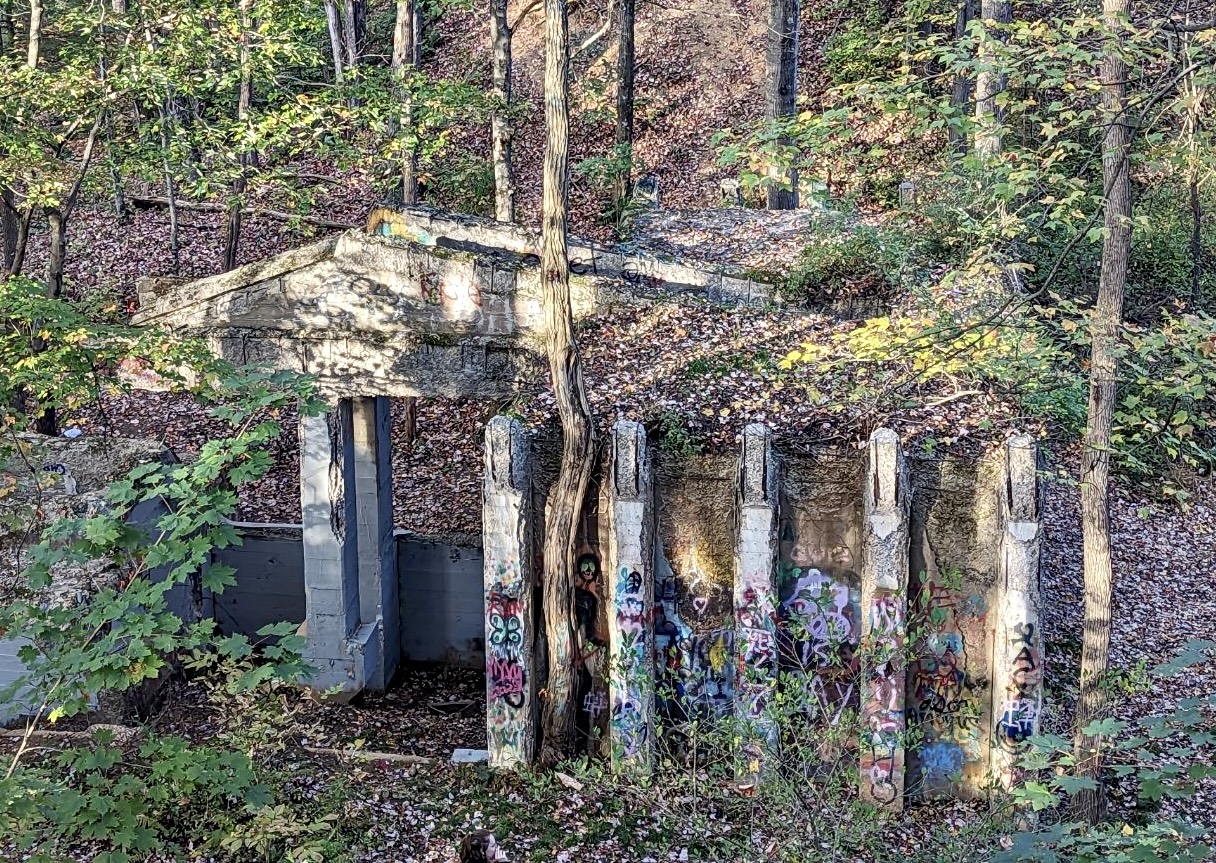PORT MATILDA — Scotia, a ghost town nestled in Centre County within the confines of State Game Lands #176, bears witness to Pennsylvania’s remarkable mining history. This ghost town summons explorers and history enthusiasts alike to its ruins, where the echoes of the past resonate and the mysteries of a bygone era come to life.
The roots of this community trace back to the late 1800s and early 1900s when Scotia flourished around the iron ore mining industry, primarily to produce charcoal for the nearby Centre Furnace.
According to the website Only in Your State, in 1880 the land was acquired by famed industrialist Andrew Carnegie, who named it Scotia in homage to his Scottish heritage. Within the grounds of the barrens lay a diverse array of establishments, including a store, a one-room schoolhouse, residences, a chapel and a boarding house.
The town was further connected to the outside world through its train station and a rail line that facilitated the transport of both materials and people.
Today, amid the woods that have become hunting grounds and biking trails, eerie remnants stand testament to Scotia’s past.
Only in Your State said Carnegie later sold the mine in 1899 to the Bellefonte Furnace Company, a familiar name to Centre County residents. The mine would only continue in operation until sometime between 1909 and 1911, when the shutdown led to the abandonment of the town.
A resurgence in mining occurred during World War II, intended to support the war effort. However, the ore was deemed inadequate, shutting down the mines for a final time and making the community a ghost town.
According to the website PA Bucket List, the mines closed, equipment was auctioned off and homes were disassembled for their lumber.
Skeletons of houses and old buildings plastered in colorful graffiti can be seen along the 1.4 miles of the Scotia Barrens Trail, inviting visitors to step straight into the past. Remnants of ore washers still stand tall over the abandoned town, with traces of concrete from the water pumping operation in the 10 Acre Pond.
What distinguishes Scotia Barrens is not just its historic ruins but also its geological peculiarities. As reported by the website Uncovering PA, the ghost town boasts a microclimate that renders its woods noticeably colder than the surrounding region. This unique climate fosters a diverse array of vegetation not commonly found elsewhere.
For years, Scotia’s ghost town has been a subject of haunting tales and legends. According to PA Bucket List, accidents related to industrial operations resulted in several deaths. However, the most pervasive ghost story revolves around a murder in the 1910s.
According to the legend, a miner murdered the widow of his former boss. Subsequently, the miner was publicly hanged in the Bellefonte Jail Courtyard on April 25, 1911 — said to be the last public hanging in Centre County. His remains were buried in an unmarked grave near his family’s homestead within the barrens.
Another variation of the tale suggests that the miner was romantically involved with his boss’s wife, prompting a mob to form and hunt him down.
PA Bucket List asserts that rumors of a large, human-shaped, black figure — referred to as the “Black Ghost of Scotia” — wandering the area persist, particularly around the anniversary of his death on April 25.
As Scotia Barrens weaves its complex history, legends and unique ecological features, it stands as a testament to the allure of forgotten places. This ghost town, hidden amid the woodlands of Centre County, has for generations beckoned curious visitors to explore its ruins and ponder the stories that echo through time.



